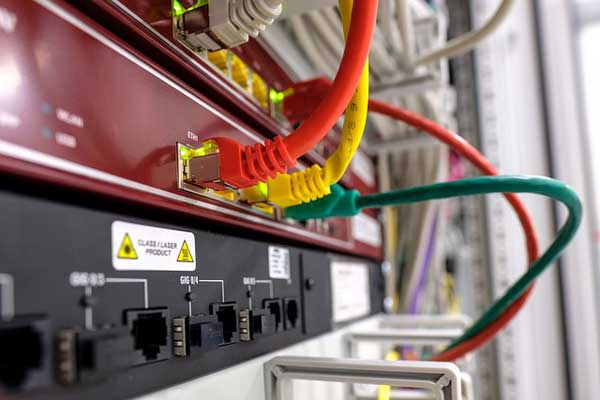In the realm of network security, the concept of a DMZ (Demilitarized Zone) plays a pivotal role in safeguarding organizations’ systems and data. By segregating devices behind firewalls, a DMZ creates a secure barrier that shields sensitive information from potential threats. In this article, we will delve into the intricacies of a DMZ, its significance, setup variations, and even explore how it can be implemented in a home environment. Let’s begin by understanding what a DMZ entails and how it enhances network security.

What is a DMZ and its Purpose?
A DMZ, short for Demilitarized Zone, establishes a segregated network environment within an organization’s infrastructure. Its primary purpose is to enhance security by dividing devices, such as computers and servers, into two separate networks. By doing so, a DMZ isolates critical assets from potential threats, preventing unauthorized access and reducing the risk of data breaches.
The Security Benefits of Implementing a DMZ
Implementing a DMZ provides several crucial security benefits. Firstly, it prevents direct access to internal networks, adding an extra layer of protection. Secondly, it safeguards sensitive data by segregating publicly accessible servers from private networks. Thirdly, a DMZ acts as a screening network, allowing the detection and prevention of malicious activity before it reaches the internal network.
Understanding DMZ Setup Variations
While a basic DMZ setup involves a single firewall, organizations aiming for higher security standards often opt for a more robust configuration. This variation includes the addition of a second firewall, which acts as an additional line of defense. We will explore the advantages of a dual firewall DMZ setup and how it strengthens network security by increasing the complexity for potential hackers.
Real-World Applications of DMZ in Network Security
The practical applications of DMZ extend beyond traditional corporate environments. We’ll uncover how industries such as finance, healthcare, and e-commerce leverage DMZ to protect their critical systems and data. Additionally, we’ll explore examples of how DMZ can be deployed in specific scenarios, such as web and email servers, database servers, and other vital network components.
Implementing a DMZ in Home Routers for Enhanced Gaming Experience
DMZ functionality is not limited to enterprise-level networks; it can also be utilized in home environments. We’ll delve into the setup process of a DMZ in a home router and its specific application for gaming consoles. By designating a gaming console as a DMZ host, gamers can enjoy uninterrupted online gaming experiences without the complexities of port forwarding configurations.
Conclusion
In the ever-evolving landscape of network security, the concept of a DMZ holds immense value. By segregating devices and establishing a demilitarized zone, organizations can fortify their network infrastructure and safeguard critical systems and data. Whether implemented in corporate environments or home routers, a DMZ serves as an effective security measure, preventing unauthorized access and minimizing the risk of cyber threats. Understanding the benefits, setup variations, and real-world applications of a DMZ empowers organizations and individuals alike to protect their digital assets in an increasingly interconnected world.
